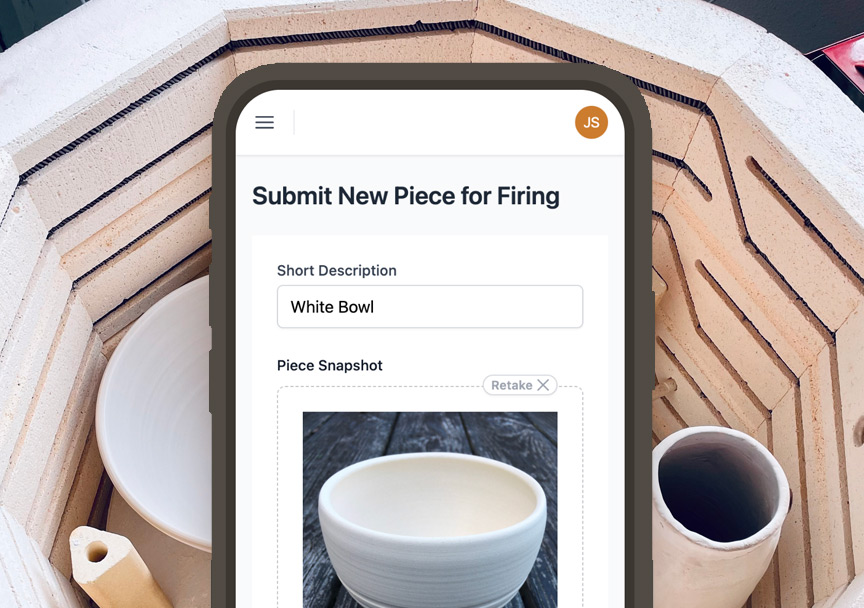Plain white clay can feel boring. Adding vibrant color makes finished pieces pop. From subtle earthy tones to shocking bright hues, there are many ways to introduce color into your clay work.
This overview will explore popular techniques potters and ceramicists use to tint and dye clay for richer, more lively effects.
Clay Stains
Liquid clay stains offer concentrated color for staining moist clay any shade imaginable. Stains permeate the clay body for saturated even tones.
Some ways to use stains:
- Add drops of liquid stain directly into moist clay then knead to disperse color
- Brush or spray stain onto the surface for effects like mottling
- Layer multiple stains in translucent veils to build depth
- Use stencils, resists, or tape to create patterns
Stains can be used alone or under glazes. They are very versatile at any stage, from wet clay to bisqueware.
Slip Trailing
Slip trailing involves drizzling, pouring, or trailing colored liquid clay slip onto the surface of soft clay. The slip then blends and diffuses into the underlying clay.
Try different tools to create slip patterns:
- Metal squeeze bottles for thick slip lines
- Small containers with fine tip for precise details
- Syringes for dotted effects
- Feather or brush for smoothing slip
Vary slip thickness and application pressure for dark saturated colors or delicate watercolor-like effects.
Underglazes
Underglazes are colored formulations painted onto bisqueware that get fired permanence along with a transparent glaze on top. This traps the underglaze design under the glaze.
Underglazes are concentrated in bottles to be thinned before being applied with brushes, sponges, or airbrushing. Use underglazes to:
- Coat the entire piece in an even color
- Create gradients by thinning and fading color
- Paint intricate patterns and images
- Combine with other surface techniques
Engobes
Engobes are thick, opaque, matte slips made from clay, feldspar, and pigments. They adhere to dry or bisque fired clay. Engobes provide color and decoration without a glaze coat.
Interesting engobe techniques:
- Apply engobe then scratch through to reveal clay color
- Use rubber stamp patterns to transfer texture
- Add layers in different colors
- Make your own engobe recipes and test
Engobes need no glaze to complete the surface after firing.
Glazes and Overglazes
Colored glazes in any finish from matte to gloss lend incredible drama. Certain chemicals in glazes react and change color during firing.
Overglazes are vibrant colored coatings applied over an existing base glaze and re-fired. This allows layering color.
Consider Clay Color
Choose clay with suitable base color that complements your palette rather than competes. For example:
- Soft pastels suit creamy white porcelain
- Earth tones enhance natural red earthenware
- Bold primaries work on neutral gray stoneware
Test colors on clay tile samples before applying to pieces.
Tint Natural Clay
For organic hues, tint natural clay by adding:
- Metal oxides like red iron oxide or cobalt carbonate
- Natural pigments such as turmeric, parsley, or carrot juice
- Coffee, tea, or berry juices
Mix in 1-5% colorant by weight and test firing.
Limit Color Contaminants
Impurities in clay can introduce unintended colors. Keep clay as pure as possible by:
- Avoiding mineral rich native clays which discolor
- Using high quality filtered and refined clay bodies
- Bleaching white clay to remove traces of iron
Whitest kaolin and porcelain clays provide the blank canvas for colors to shine.
Consider Firing Atmosphere
The concentration of oxygen during firing significantly affects how colors develop. Firing in reduction (low oxygen) produces more muted earthy shades while oxidation firing (high air) yields bold vivid hues. Test colors in both atmospheres.
You can introduce incredible vibrancy into your ceramic art with the right preparation and techniques! Play with layering and combining color methods for your own signature effects. Any clay canvas awaits your creative palette.


